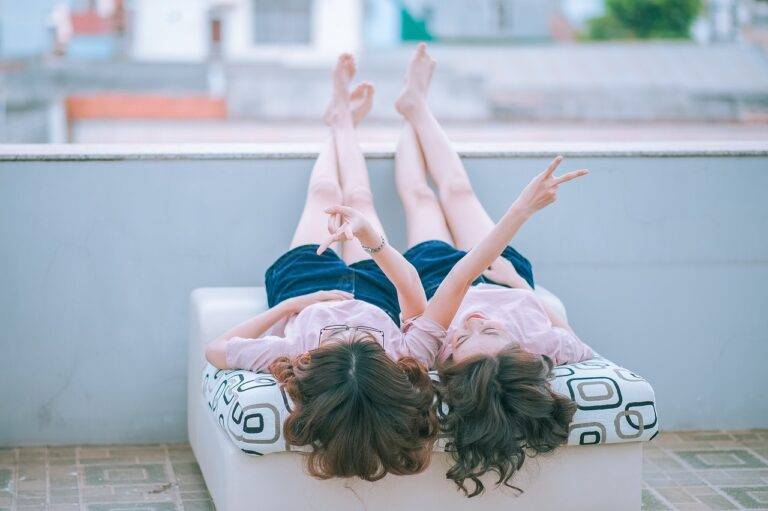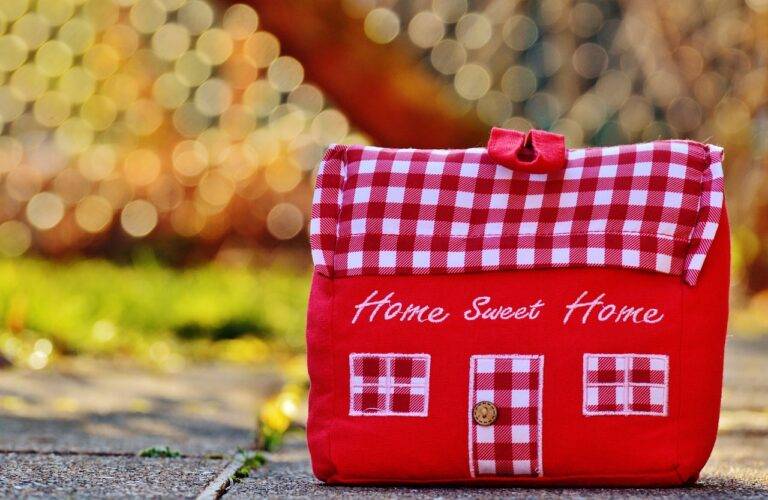The Art of Mixing Patterns and Textures in Home Decor
When selecting complementary patterns for a space, it is essential to consider the color palette in order to maintain visual harmony. Opt for patterns that share at least one common color to create a cohesive look. By choosing patterns that complement each other in terms of color, you can ensure a balanced and unified design scheme.
In addition to considering color, it’s important to vary the scale of patterns to add depth and interest to the space. Mixing patterns of different sizes can help create visual intrigue and prevent the overall look from appearing too busy or overwhelming. Experiment with combining large-scale patterns with smaller ones to strike a harmonious balance in your decor.
Understanding the Role of Scale in Mixing Patterns
Scale plays a crucial role in creating harmony when mixing different patterns in interior design. The scale of patterns refers to their size in relation to one another and the space they occupy. It’s essential to consider the scale of each pattern to ensure they complement each other rather than clash.
When mixing patterns, combining a variety of scales can add visual interest and depth to a space. For example, pairing a large-scale floral print with a small geometric pattern can create a balanced and dynamic look. By paying attention to the scale of patterns, you can achieve a cohesive and visually appealing design scheme.
Layering Different Textures for Visual Interest
When it comes to creating visual interest in a space, layering different textures is key. Combining smooth surfaces with rough ones, shiny finishes with matte ones, and soft fabrics with hard materials can add depth and dimension to a room. The contrast between textures not only enhances the overall aesthetic appeal but also evokes a sense of tactile richness that can make a space feel more inviting and dynamic.
To effectively layer textures in a room, consider starting with a base of neutral textures and then gradually introducing more pronounced and varied textures. For example, you could begin with a plush area rug in a subtle tone and then add throw pillows in a different fabric. Incorporating a mix of textures in decor elements like curtains, furniture upholstery, and wall accents can help create a visually stimulating environment that is both cohesive and intriguing.





